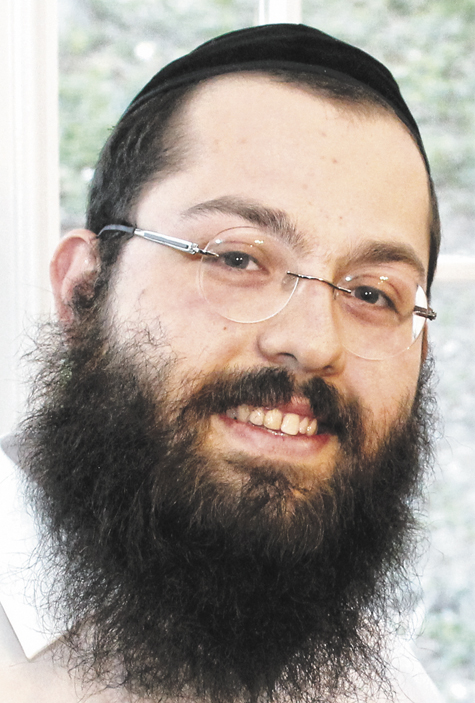To create a home for God

By Rabbi Elchonon Chaikin, Chabad of Greater Dayton
The end of December featured charitable giving in record numbers. Crowd-funding campaigns, end-of-the-year appeals, building campaigns and the like filled our email inboxes, our brick-and-mortar mailboxes, our phone voice mail calls, our text messages, and social media pages.
Wherever we turned, we were inundated by another organization capitalizing on the atmosphere of giving. In fact, Jewish individuals outdid all other religious denominations in donating to charity.
Ever wonder who was the first fund raiser and who came up with the crowdfunding model? I’m sure you can guess that it was a Jew. But not just any Jew.
It was Moshe Rabbeinu, Moses our teacher, in the desert. God had instructed him to build the Tabernacle, in which God’s presence would reside in the midst of the Jewish people.
Moshe needed materials for construction and he turned to his flock to provide. Moshe was a master because he may have been the only Jewish fund raiser to succeed to the point of excess, and he had to stop the community from giving further!
The primary materials needed for the Tabernacle’s construction were gold, silver, and copper.
Commentators point out that these materials are symbolic of different giving experiences.
Gold, the most precious of materials, represents those who donate when they are healthy, happy, and well. They give from the goodness of their heart.
Silver, precious but not as valuable, signifies those who give only when they are ill. Perhaps their charity serves to rectify something, be it spiritual or physical, or to gain merit for them to be healed.
Copper, the coarsest of these three metals, represents the giving of charity in memory of one who has already died.
The building of the Tabernacle is microcosmically experienced in every individual. The Tabernacle was a transformation of physical material into a receptacle for God’s presence.
The mission of man, brought to light by the Jew, is to transform all that is physical of themselves and the world around them to holiness and Godliness.
Just as there was a gold, silver, and copper standard of giving to the physical Tabernacle, those same standards appear in the construction of one’s personal Tabernacle.
The gold standard represents Jews who serve God wholeheartedly. They’re whole in their service to God and in all matters pertaining to Torah study and mitzvah (commandment) observance.
They are tzadikim — righteous, perfect people.
The silver standard represents one who struggles to cope with the challenges of life and world, one who is enticed by the enlightenment of secularism and the flash of materialism but prevails and overcomes this struggle.
Finally, there is the copper standard — spiritually dead, you may say of them. Disconnected. Uninspired. At least outwardly.
But those Jews are important too. They too were represented in the building of and in the service in the Tabernacle.
They too can find themselves a place in it. All it takes is commitment to devote of their talents and abilities to serve Hashem.
To quote the words of the famous rhyme, “No matter where you may roam, you can always come back home.”
Home is a safe haven, but it’s also the place where everyone has a part. Everyone contributes in some way to their home. And that is exactly what makes it home.
Everyone has a role: father, mother, son, daughter, sister and brother, each contributes of their abilities to create a warm, loving home.
And when they don’t, everyone feels it. The Jewish people are a family working to create a home for God.
Know that no matter how disconnected you may feel or even may be, there is always something you can contribute and something you have to offer.
All it takes is committing some of you to serve God.
To read the complete February 2022 Dayton Jewish Observer, click here.



